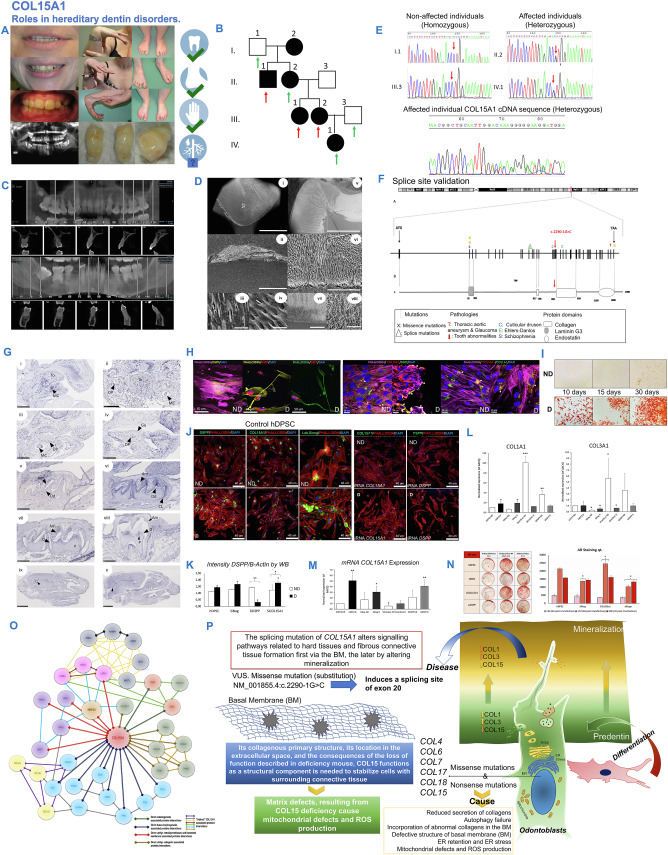
Rare dentin defects: Understanding the pathophysiological mechanisms of COLXVA1 mutations


Dentin is a mineralized tissue with a chemical composition similar to bone but with a higher mineralized density and rigidity. It constitutes the central structure of the tooth between the internal pulp and external enamel toward the oral cavity or cementum toward the underlying roots. Inherited dentin defects occur in a variety of rare genetic diseases. They can manifest as “isolated” occurrences such as in dentinogenesis imperfecta (DI) or dentin dysplasia (DD) or can be associated with other symptoms in diseases such as osteogenesis imperfecta, Goldblatt syndrome, microcephalic osteodysplastic primordial dwarfism type II, among others.1
